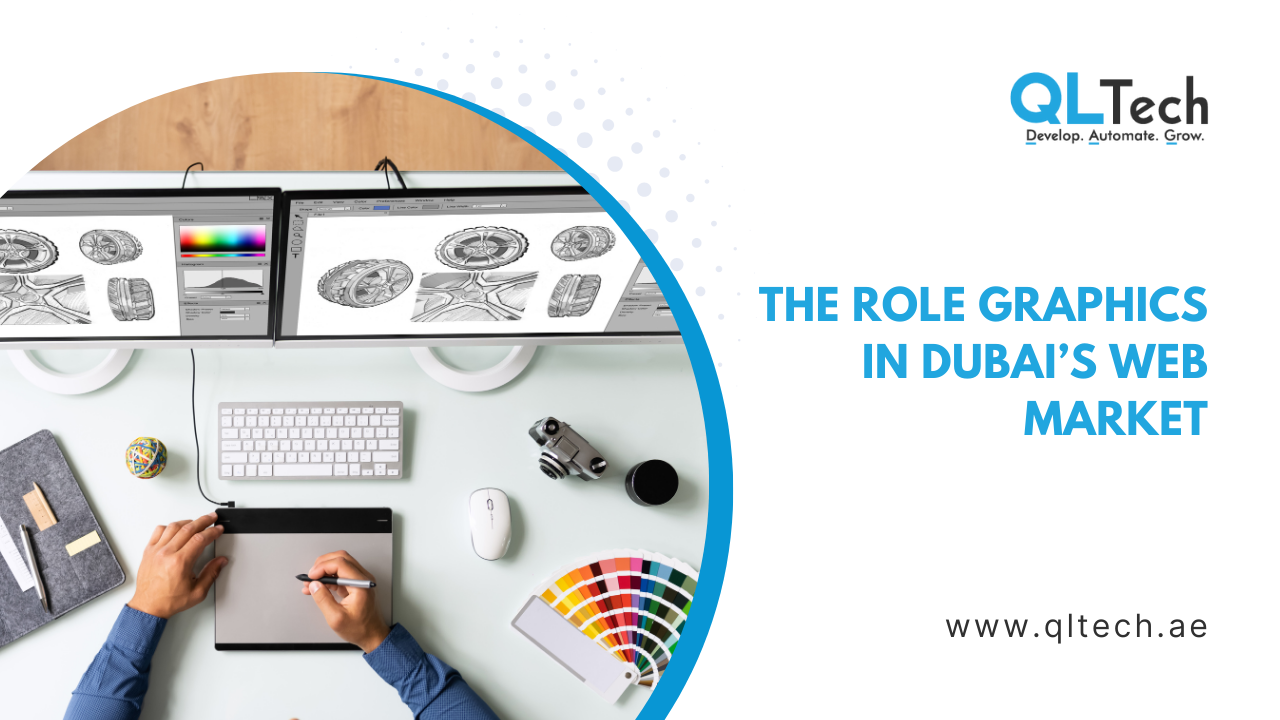Dubai’s digital landscape is thriving, with businesses competing to deliver visually stunning online experiences. In this market, high-quality graphics play a crucial role in shaping brand identity.

-
Why Graphics Matter in Dubai’s Web Industry
- Luxury & Aesthetics: Dubai is known for its premium brands and high-end services. Sleek, high-resolution visuals and dynamic animations help businesses stand out.
- User Engagement: Interactive elements, from 3D visuals to AI-driven designs, enhance user experience and retention.
- Mobile Optimization: With high mobile usage, responsive graphics ensure seamless experiences across devices.
- Cultural Relevance: Visuals tailored to the region’s audience, including Arabic typography and culturally resonant designs, foster deeper connections.
- 3D & AR Elements for immersive interactions.
- Minimalist & Dark Mode Designs for modern appeal.
Future Trends in Website GraphicsAI-Generated Visuals for personalized user experiences.
In Dubai’s competitive market, compelling graphics aren’t just an option—they’re a necessity for digital success. Businesses must leverage cutting-edge designs to captivate their audience and stay ahead.
